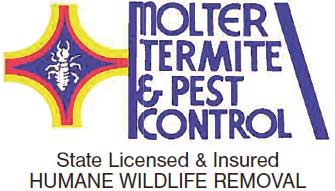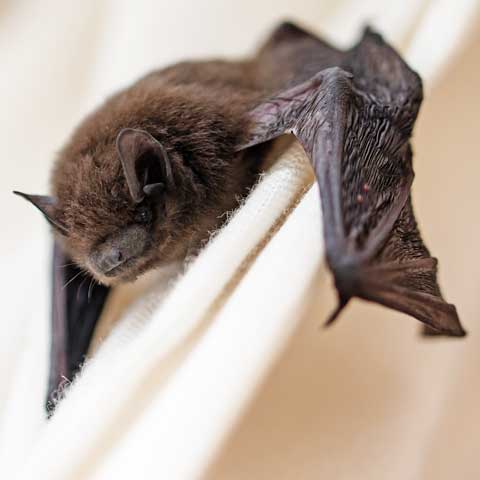Florida Residential and Commercial Brown Bat Removal
Health Risks
Although the risk is small, the first major risk is rabies. If you suspect you have been bitten, get medical attention right away. If you are sleeping, and awake to find a bat on your skin (yes it happens) do not risk it. Have it looked at by a medical professional immediately as bites are not often felt. Bat guano carries the spores for Histoplasmosis, a disease mainly affecting the lungs of humans. The risk is much greater for those with immunity disorders, the elderly, and the very young. Bats also carry bat mites. They are often mistaken for bed bugs. Many other exterminators mistake these for bed bugs and will treat a building as such as such only to be called back over and over again as the presence of bats will allow new ones to take their place.
Bat Facts
- Bats are not rodents as many people think. They are not “rats with wings”. They are mammals.
- Bats are the only mammal that can fly
- Because bats are small, secretive, and fly at night, people tend to think they are rare because of this.
- Bats typically consume insects such as moths, beetles, gnats, crickets and mosquitoes.
- The common saying “blind as a bat” is actually false. All bats can see and actually have very good eyesight.
- To catch and locate prey, bats use acoustic orientation called echolocation. It is the same technique used by a Dolphin to home in on fish. Bats emit a supersonic cry through their mouth or nose and locate their prey by the echoes reflected back.
- Bats are dusk and dawn animals. They come out to feed and for water. They normally return within an hour and leave again just before dawn.
- Bats do not attack humans. Bats swoop as they go to enter their roosting area and if a human happens to be in the way it may occur. It is not an intentional act.
- Bats are actually very beneficial for the animal community. They help control night-flying insects. A single brown bat can eat up to 1000 mosquitoes in an hour. Their guano is rich in nitrogen and is sold as fertilizer. Bats are actually a federally protected animal with a “season” if you will much as certain fish or other select wildlife. The difference is you may not kill a bat as nearly 40% are on the endangered or threatened species list. If we lost our bat species we increase the demand for chemical pesticides, jeopardizing whole ecosystems of other animal and plant species and harming our economy.
- An anticoagulant derived from vampire bat saliva is now used to treat heart patients and stroke victims.

